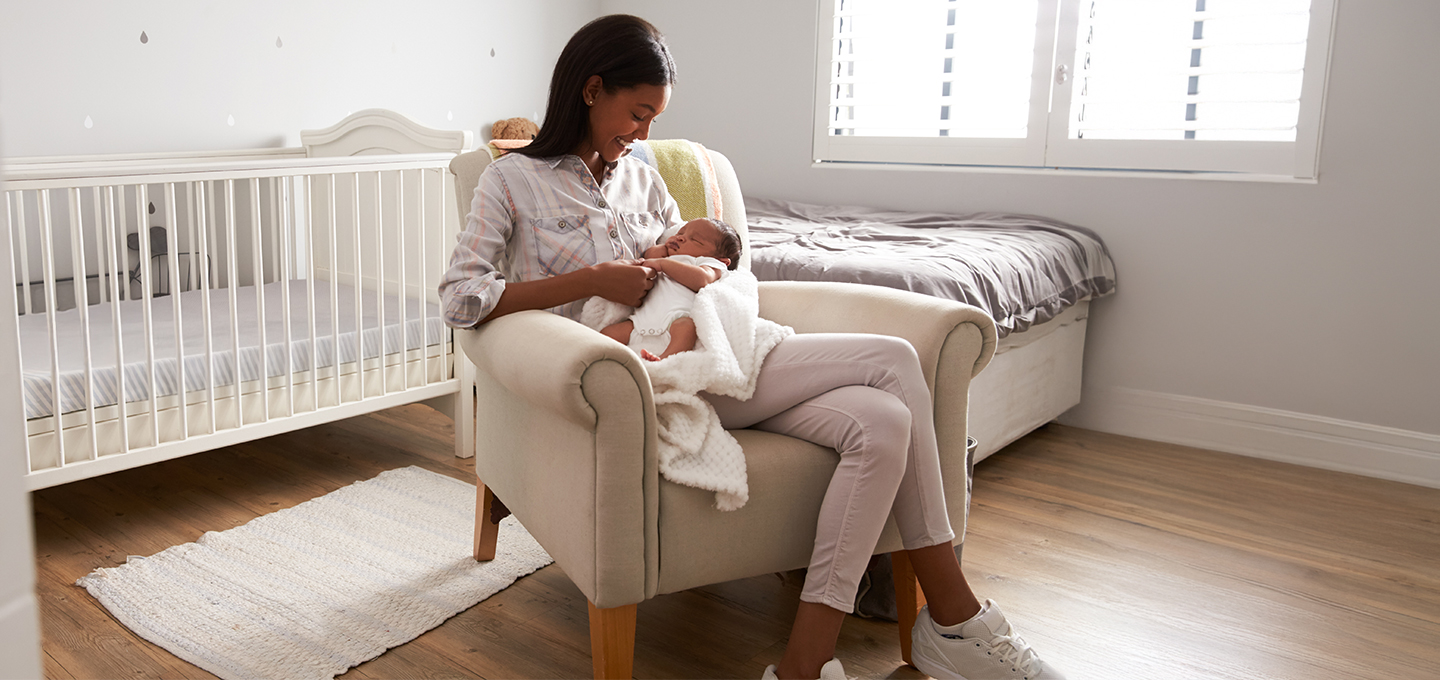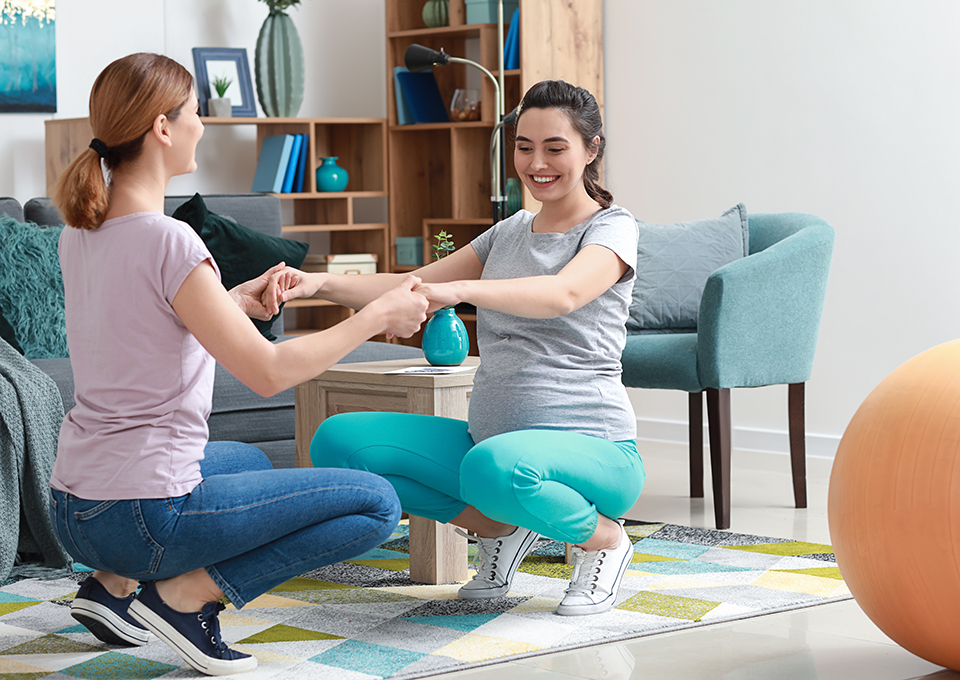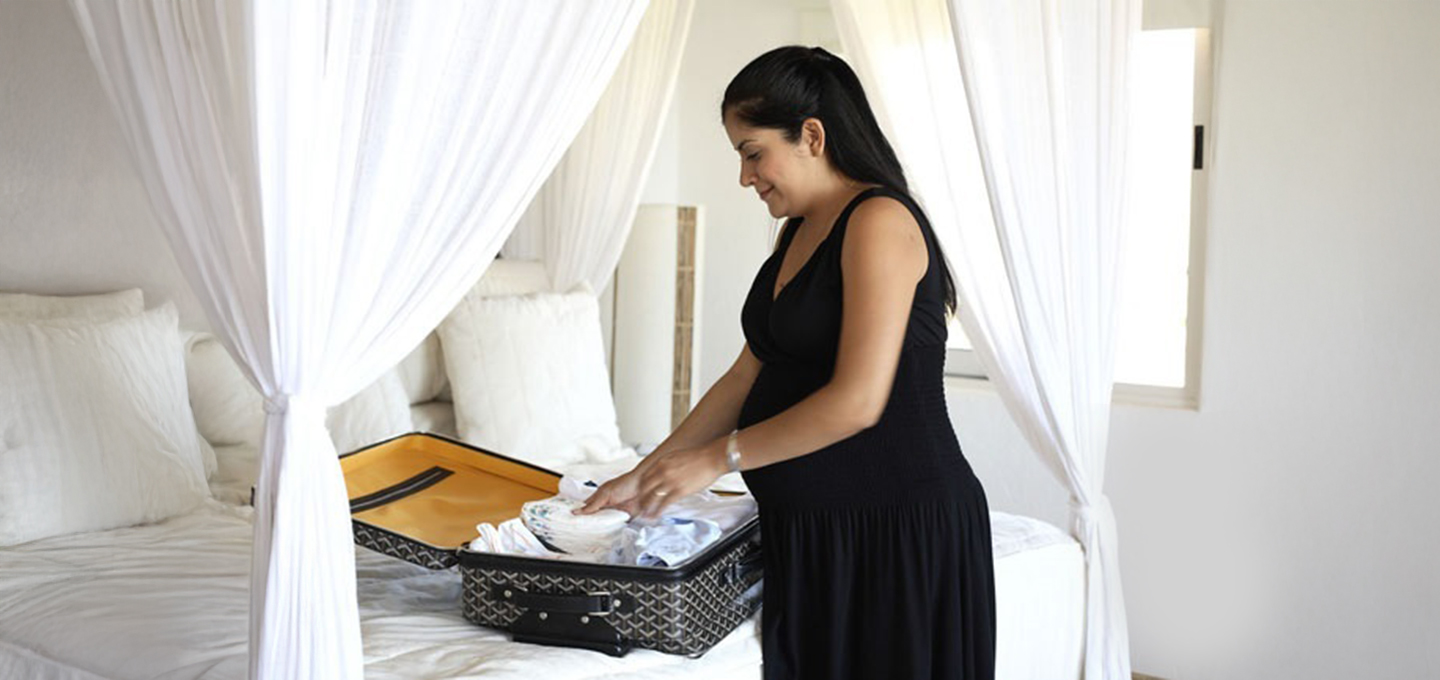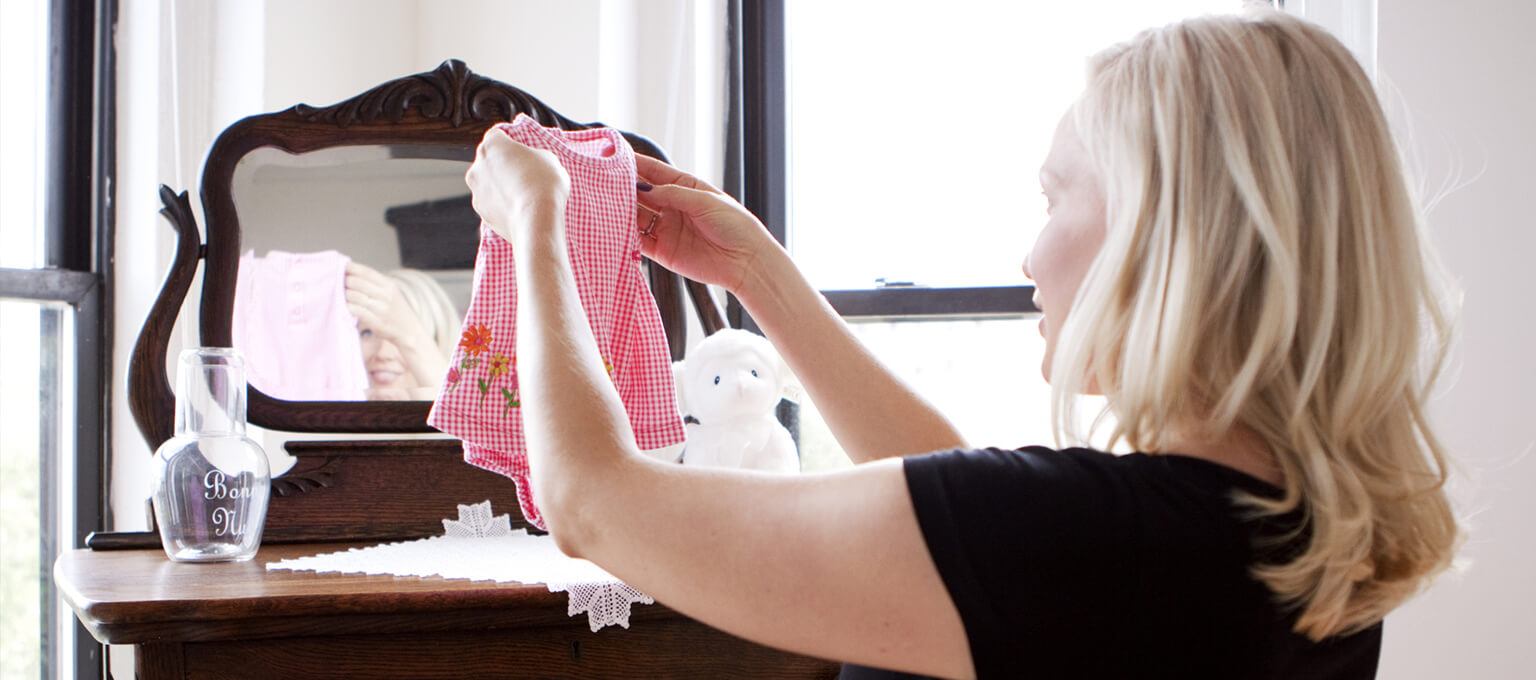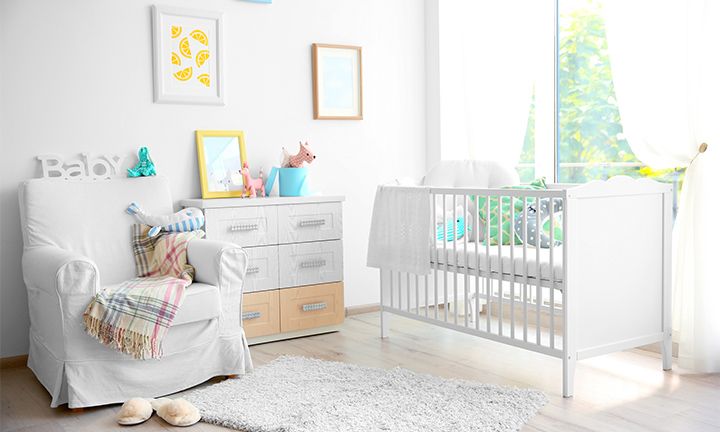
How to Prepare Your Baby's Nursery
4 min readUpdated June 12, 2025
4 min readUpdated June 12, 2025
Designing your baby’s nursery is both an exciting and essential part of preparing for your new arrival. Whether you’re planning a small nursery nook in your own bedroom or having a separate nursery room, it should prioritize safety, functionality, and sleep quality. Based on expert advice, here’s what really matters:
Whether you're creating a full nursery or a cozy corner in your bedroom, keeping your baby’s nursery simple, calm, and well-organized helps support better sleep and easier caregiving. Let’s dive into how to create a space that works beautifully for your baby—and for you.
Essential Nursery Must-Haves: A Comprehensive Checklist
Designing your baby’s space is about blending comfort, function, and safety. So, what do you need in a nursery room? Here’s our go-to nursery checklist of must-have items:
These nursery necessities help create a well-equipped and functional space, covering both comfort and convenience.
If you want to stock up on diapers for your baby, try Pampers Swaddlers, which keep babies 3x drier* (*vs size 4 leading value brand), so they stay comfortably dry all night long.
Nursery “Nice-to-Have” Items
While not essential, these items can make your baby’s nursery even more functional and cozy:
Nursery Room Layout Ideas for Optimal Space Utilization
Whether you have a spacious room or a compact space, thoughtful nursery room layout planning makes a big difference. When considering ideas for your infant’s nursery set-up, aim for safety, efficiency, and flow.
Here are some smart layout ideas:
Check out our infant nursery ideas below for some layout inspiration:
Step-by-Step Guide to Setting Up Your Nursery
Once you’ve decided what you need for your baby’s nursery, you may be wondering how to get it all set up. Here’s a simple step-by-step guide to help you stay organized:
Safety and Childproofing Your Home
You might not be at the crawling-and-climbing stage just yet—but babies grow fast, and before you know it, your little one will be scooting across the floor, reaching for everything in sight!
While it might seem early, starting to think about childproofing your home now means you’ll be one step ahead when that exciting (and chaotic) phase begins. Preparing your home early not only gives you peace of mind but also creates a safe, cozy space for your baby to grow, explore, and thrive.
How to Childproof Your House: Safety Tips for New Parents
Start early so you're ready when your baby becomes mobile. Here are some key tips:
Regularly get down to your baby’s level to spot potential hazards you might miss standing up. You can discover even more babyproofing tips in our dedicated article, which comes with a free downloadable checklist.
How Do You Set Up Your Baby’s Nursery for Safe Sleep?
Creating a safe sleep environment is one of the most important things you can do to protect your baby. According to the American Academy of Pediatrics (AAP), here’s what you need to know:
How to Choose a Nursery Crib and Mattress
Newborn Sleep Safety Tips in the Nursery
These practices are recommended by experts and can significantly reduce the risk of Sudden Infant Death Syndrome (SIDS).
FAQS AT A GLANCE
You’ll need nursery essentials like a crib or bassinet, a firm mattress, fitted sheets, a changing table or dresser, diapering supplies, a comfy chair for feeding, and storage for clothes and baby items. A baby monitor, nightlight, and blackout curtains are also helpful additions.
The Bottom Line
Preparing your baby’s nursery doesn’t need to be overwhelming. With a thoughtful nursery setup and focus on safety, you can create a calm, cozy space that works for both you and your baby.
For more newborn essentials, take a look at our comprehensive guide and checklist for everything you’ll need for your little one. From diapering to wardrobe basics, you’ll be well-equipped with our guide.
While you’re planning ahead for your new arrival, download the Pampers Rewards app to earn Pampers Cash on all those diapers you’ll be purchasing.
How We Wrote This Article
The information in this article is based on the expert advice found in trusted medical and government sources, such as the American Academy of Pediatrics and the American College of Obstetricians and Gynecologists. You can find a full list of sources used for this article below. The content on this page should not replace professional medical advice. Always consult medical professionals for full diagnosis and treatment.
Read more about Pregnancy
Related Articles
Join a World of Support
through Pregnancy and Parenthood.
TRACK WITH TOOLS
LEARN WITH EXPERTS
GET REWARDED
